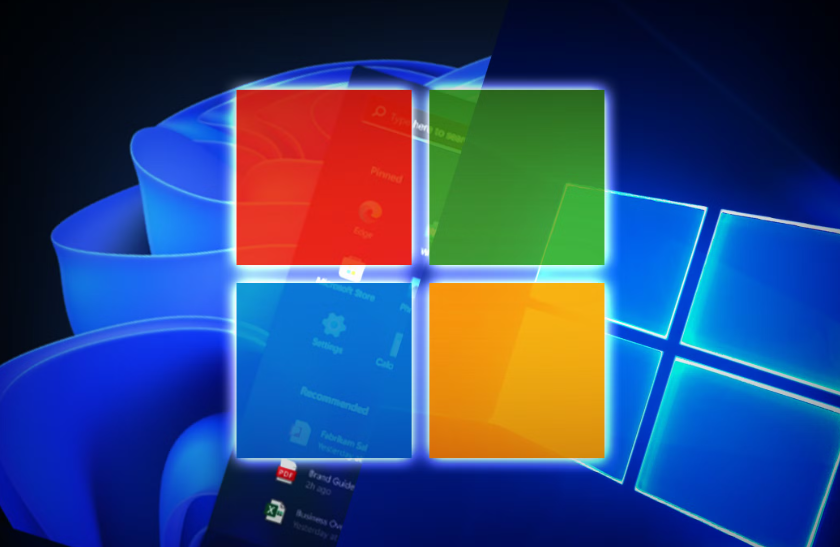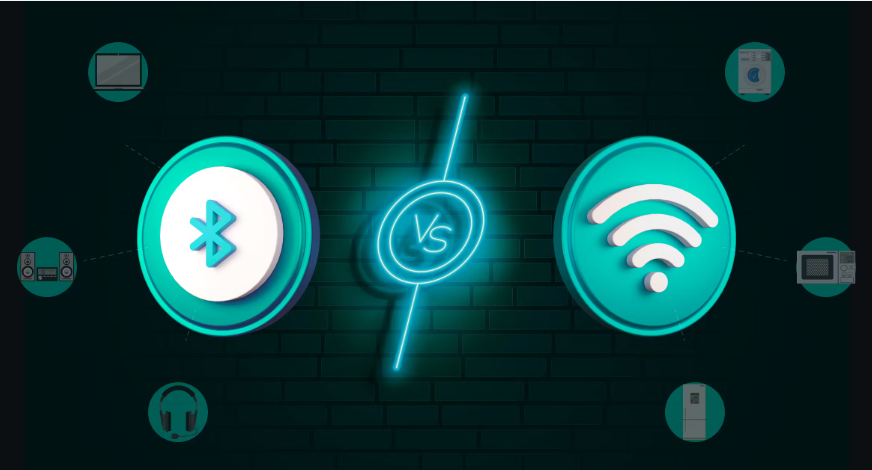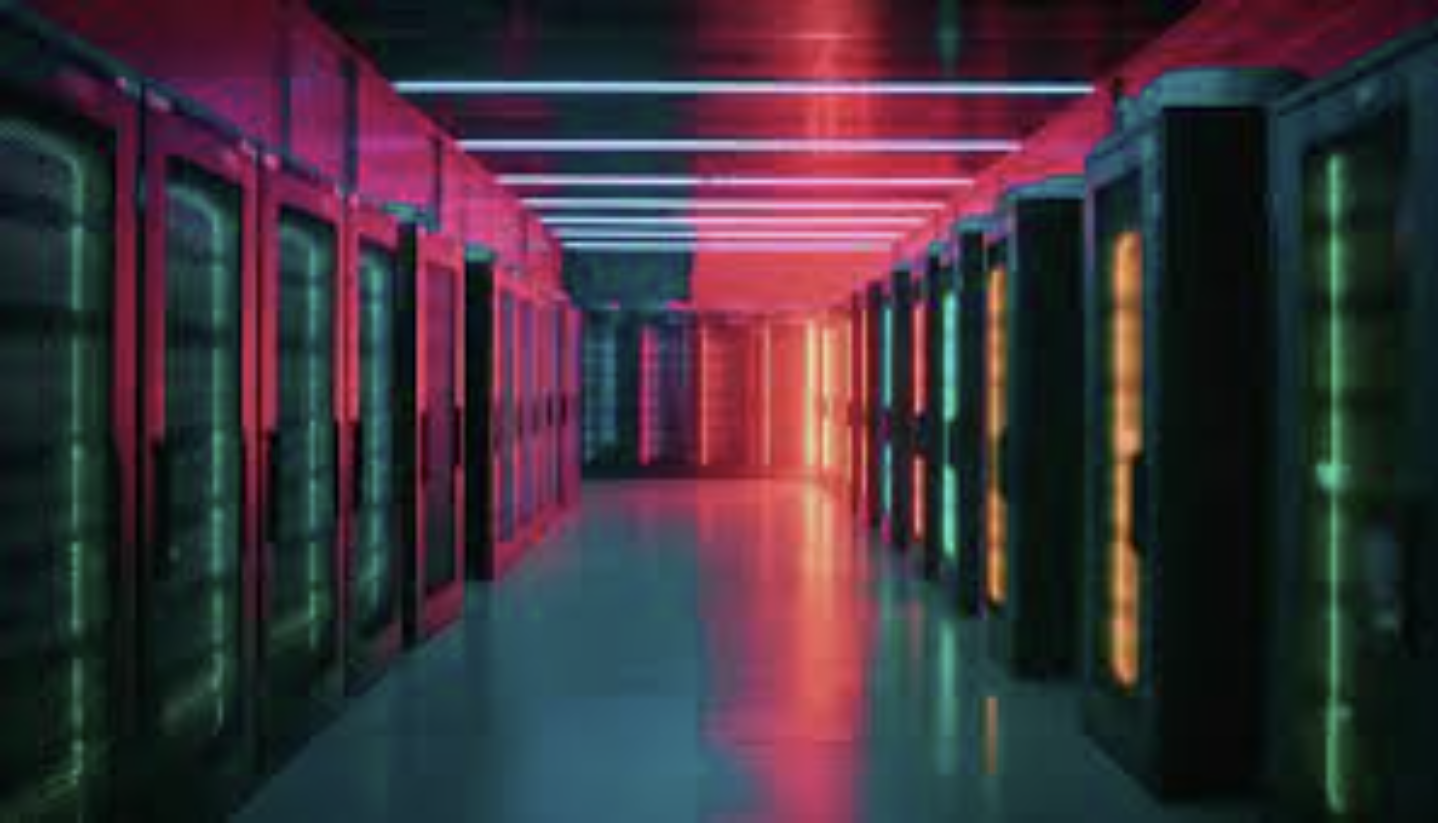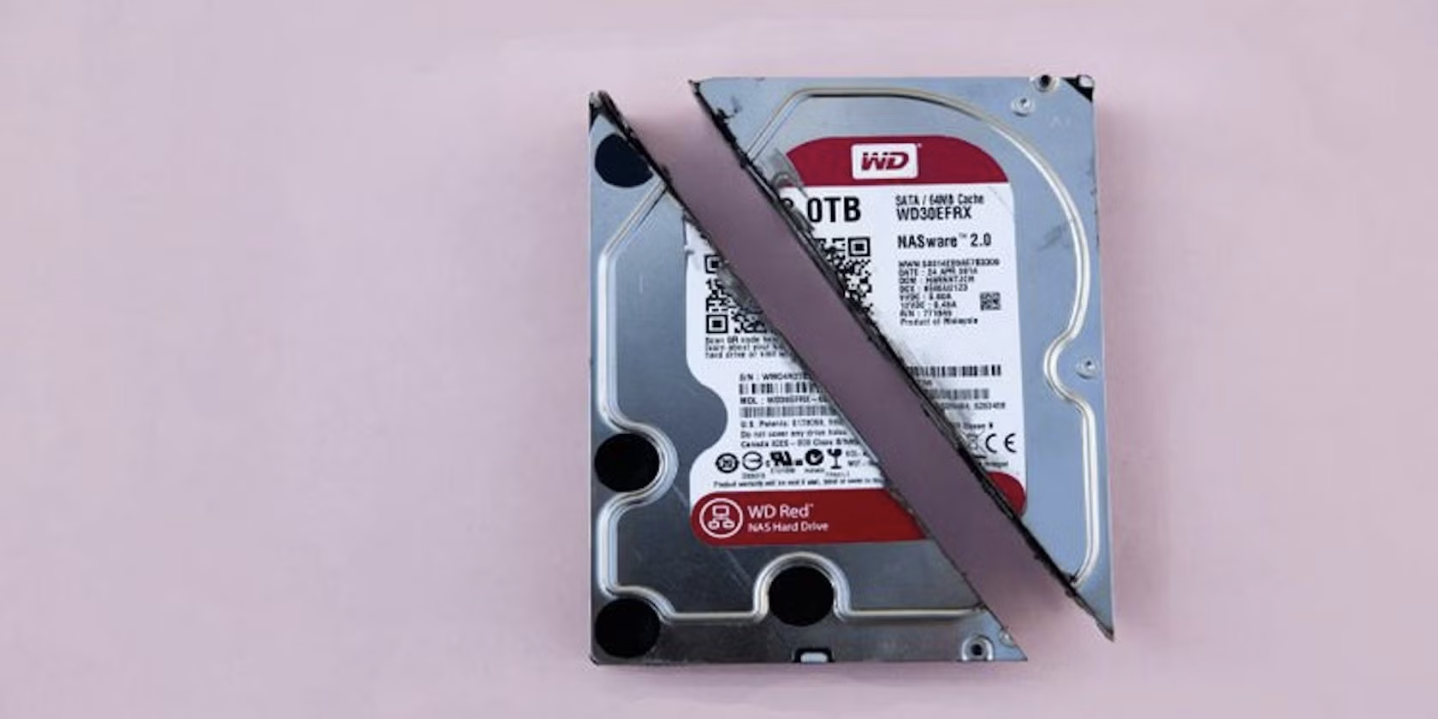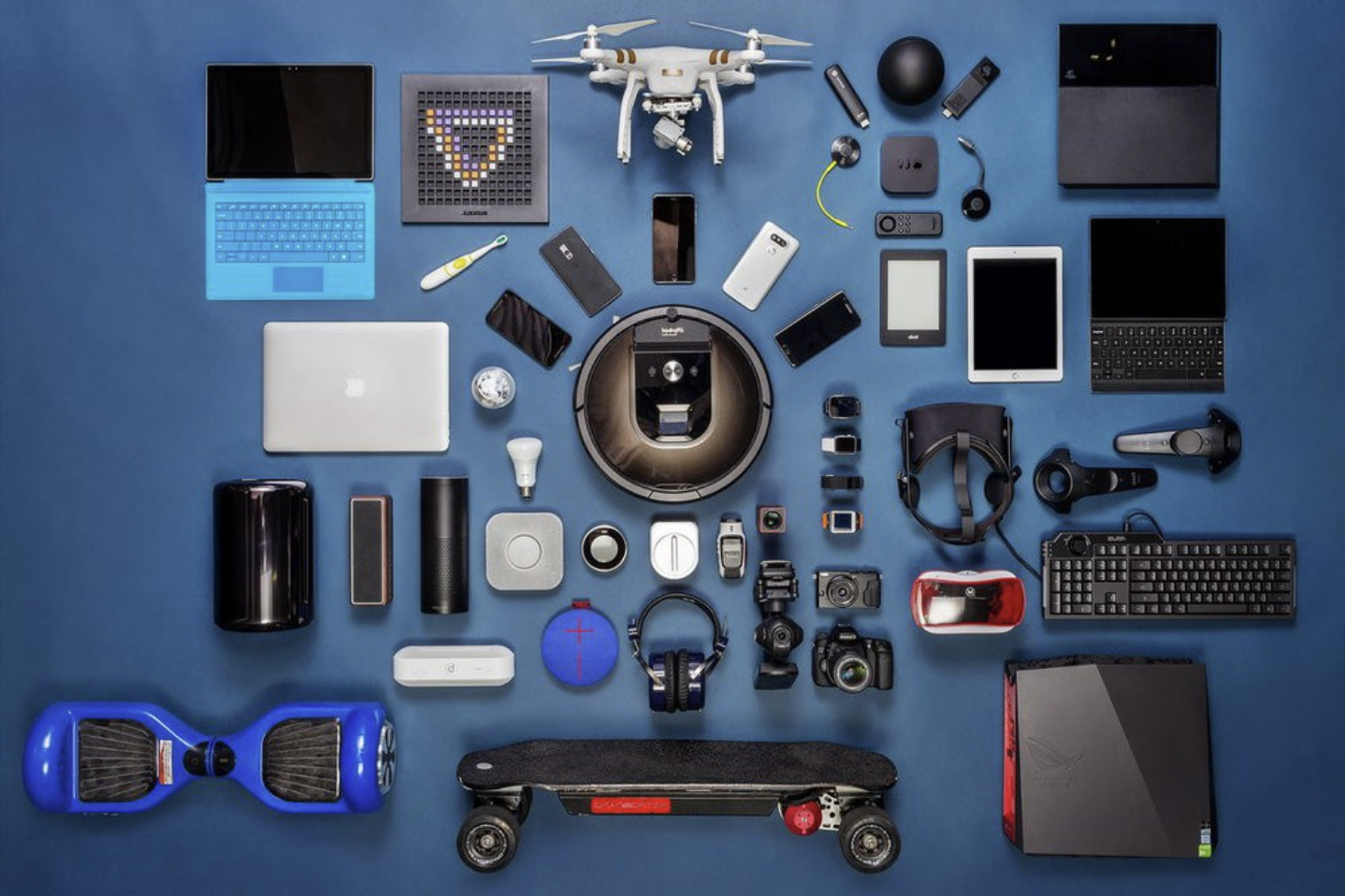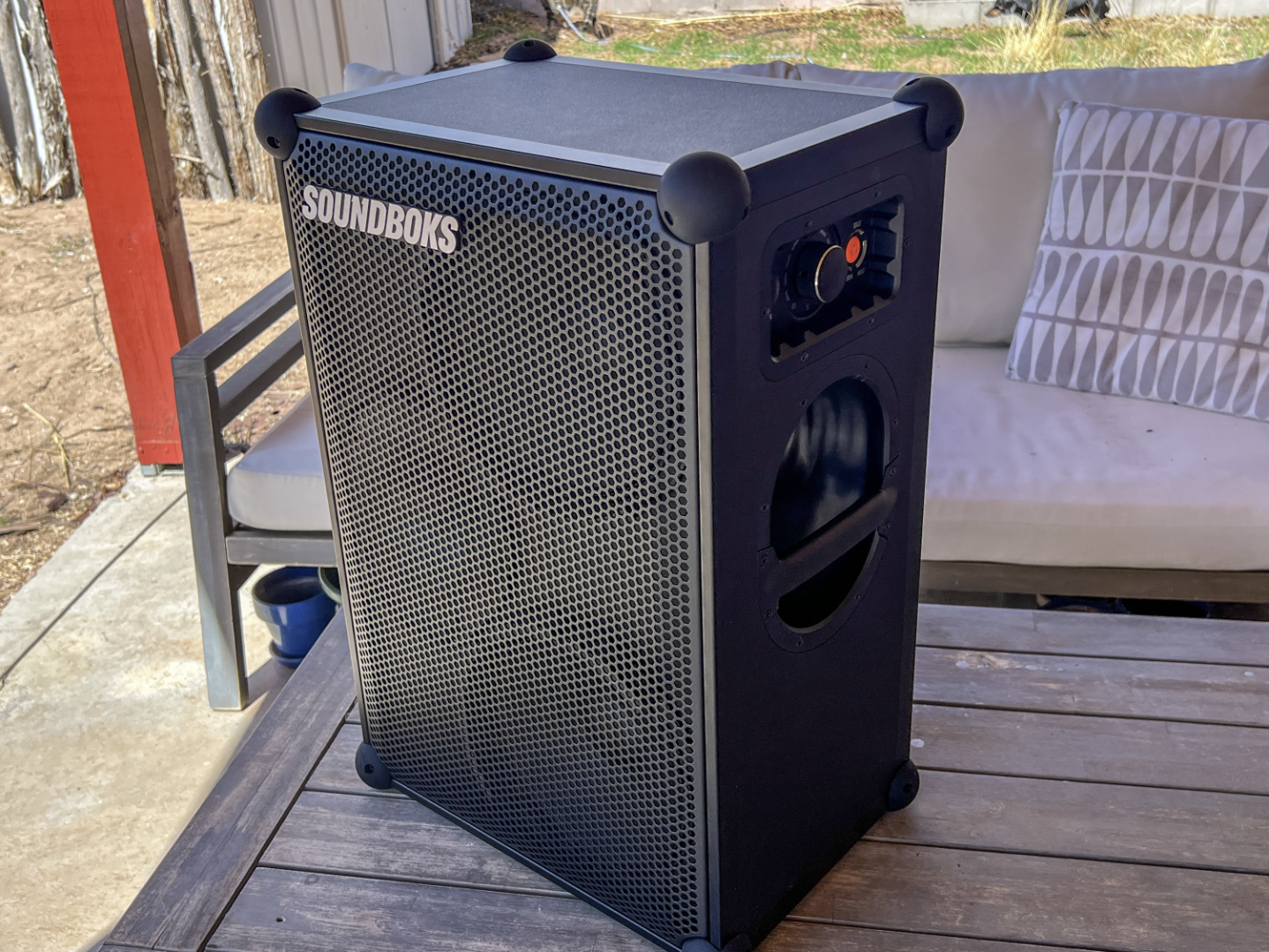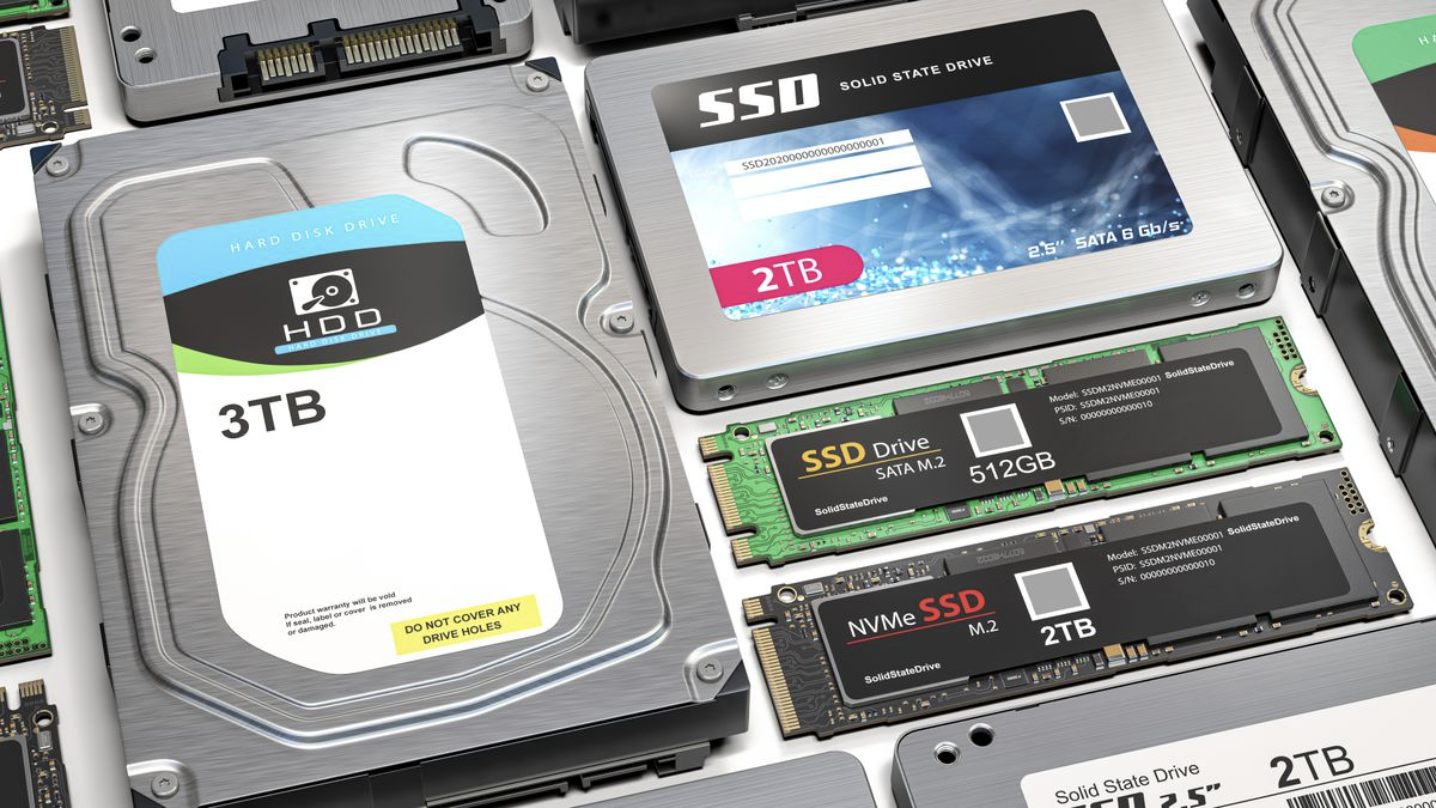
Choosing the right hard drive for your computer can be a bit overwhelming with so many options available. With computers becoming faster and more affordable, it’s important to make sure your hardware matches your needs. Of course, how much you spend depends on what you plan to do with your computer. For example, if you’re just checking emails and browsing the web, you don’t need to splurge on a high-end gaming setup.
While there are many components in a computer, a few key parts play a major role in performance, like the CPU, RAM, and hard drive. If you’re purchasing a prebuilt computer, you’ll typically get the hardware that comes with it. But if you’re customizing or building your own, you have a choice when it comes to hard drives. For personal and office desktop computers, the main options are SATA, SSD, and NVMe. Let’s take a closer look at these types to help you decide which one is best for you.
SATA Drives
SATA, which stands for Serial Advanced Technology Attachment, has been around since 2003 and is still the most common type of hard drive in desktop computers. These drives use spinning platters, much like older IDE drives, but offer better performance. Over the years, SATA speeds have improved, with the latest revision (SATA 3) offering transfer speeds up to 600 Mbps.
SATA drives come in two sizes: 3.5 inches for desktops and 2.5 inches for laptops or smaller desktops. They typically use SATA power connections, and you’ll also find a separate data connection for transferring information to and from the motherboard.
While SATA drives are affordable and offer large storage options (up to 18TB), they do have their drawbacks. The spinning platters make them vulnerable to damage from shocks or movement while running. The read/write heads are extremely close to the platters, so even a small bump could cause contact and potentially lead to data loss.
SSD Drives
Solid State Drives (SSDs) are the next step up in performance. Instead of using spinning disks, SSDs rely on non-volatile memory (NVM) to store data. This allows for much faster access times since data can be retrieved instantly without waiting for a disk to spin. Plus, with no moving parts, SSDs are more reliable and less likely to suffer physical damage. They’re also more energy-efficient, which is especially helpful for laptop users looking to extend battery life.
SSD drives are smaller than SATA drives, typically in the 2.5-inch size, making them a popular choice for laptops and compact desktops. However, they are more expensive, which is why you often see SSDs used for the operating system, while a larger SATA drive is used for file storage. SSDs come in smaller capacities (often 500GB to 2TB) due to the higher cost.
If you’re into tasks like graphic design or video editing, an SSD can make a big difference in speed. It also makes your computer boot up much faster. While SSDs don’t have moving parts, they do wear out over time. This happens because the cells storing data degrade as they’re written to and erased, but having more cells means your drive lasts longer since it spreads the wear across more space.
NVMe Storage
NVMe (Non-Volatile Memory Express) is the latest evolution in storage technology, offering even faster performance than regular SSDs. In fact, NVMe drives can be up to six times faster than SATA SSDs, with speeds reaching 2000 Mbps or more. NVMe still falls under the SSD category but uses a different connection method.
NVMe drives use the PCI Express (PCIe) bus system, which directly links to the CPU. This bypasses the limitations of SATA interfaces, allowing for significantly faster speeds. If your BIOS supports booting from NVMe storage, you can see even greater performance improvements.
Instead of the traditional 2.5-inch form factor, NVMe drives come in different shapes, like the M.2 form factor that plugs directly into the motherboard, or PCIe cards that fit into a dedicated slot. For your motherboard to support NVMe, it needs the right connections like PCIe, M.2, or U.2. Additionally, your BIOS should support UEFI 2.3.1 or later, and you’ll need to be running a newer version of Windows (7, 8, or 10) and use the GPT drive format instead of MBR.
Each type of hard drive has its own strengths and drawbacks, so choosing the right one depends on your specific needs—whether you’re looking for affordability, speed, or high-performance storage.




